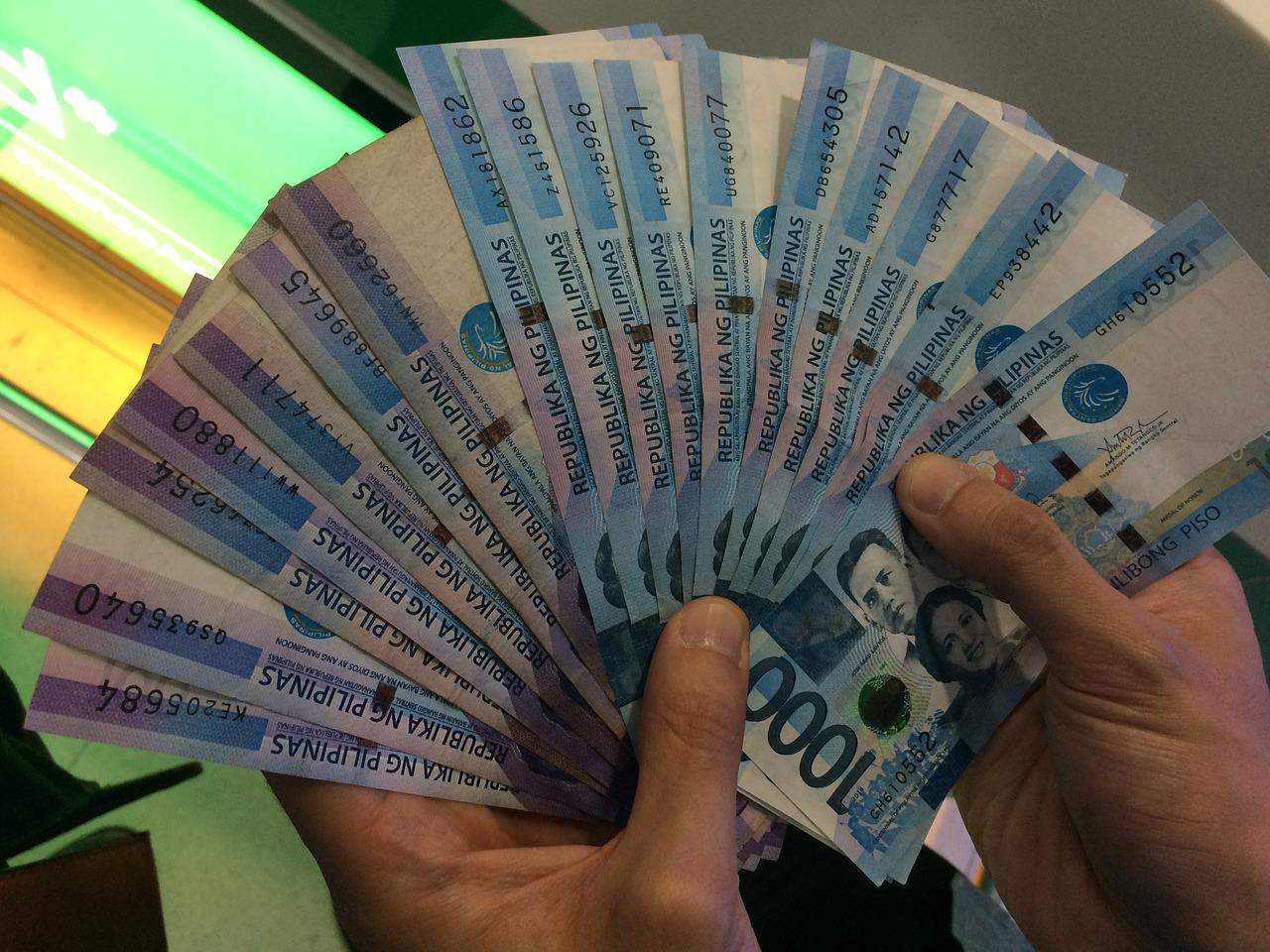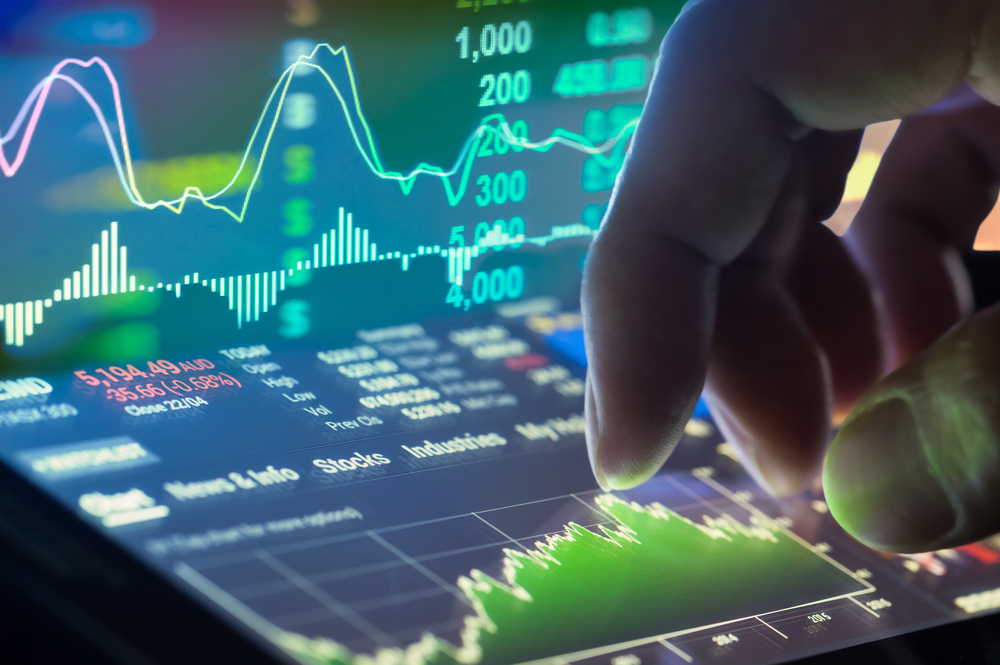Disappointing GDP Results Cause Philippine Peso to Slip
On Tuesday, the trading price of the Philippine peso fell tremendously. Its value ended up experiencing the worst downward movement compared to the rest of the fiat currencies on Tuesday.
The reason why the Philippine peso performed worse than its Asian peers was due to below-expectation GDP growth. Philippine’s GP growth was not as much as the economists had expected it to be in the first place.
Philippine Peso’s Bad GDP Growth
The Philippines as well as the international economists had expected that the Philippine GDP would grow significantly. However, GDP growth reported for the second quarter was lower than the expected GDP growth.
On the other hand, the currencies of the majority of countries in Asia experienced slight surges in their values. This happened following the posting of employment data that has triggered a rise in the inflation rates.
PHP/USD’s Value Drop
The data from the recent forex trading sessions show that the value of the PHP fell by 0.4%. Following the dip, the trading price of the PHP/USD pair came down to 55.585.
This shows that the value of the Philippine peso has experienced a significant drop, and it is all thanks to the GDP results that were below expectations.
Philippine’s Economy Figures
The report shows that in the second quarter, the economy of the Philippines grew by 7.2%. Unfortunately, the economic growth was not up to the estimations made by the analysts.
The expectation for the economic growth estimated by the analysts for the second quarter of 2022 was 8.6%. Despite falling below the analysts’ estimations, the actual GDP growth was within the official growth target of the Philippines.
Central Bank’s Decision
Although the GDP growth was within the country’s GDP growth target, still, failing to meet the analysts’ expectations puts the central bank in a difficult situation.
Considering the recent results, the central bank of the Philippines will need to lower the magnitude with which it was increasing the interest rates.
The central bank of the Philippines will need to slow down in hiking the interest rates to deal with increased inflation rates for the running year.
The rise in Inflation Rates
According to data, the inflation rate hike recorded in the month of July was higher than the expectations of the economists. The CPI inflation in the Philippines has also grown more than the expected growth.
The data shows that the economic situation in the entire Southeast Asian region is going to suffer. The inflation rates in the Southeast Asian region are likely to spike and greatly impact the economy.
Other currencies such as the Australian dollar, the Japanese yen, and the Chinese yuan have experienced 0.1% movement either on the positive side or the negative side.







